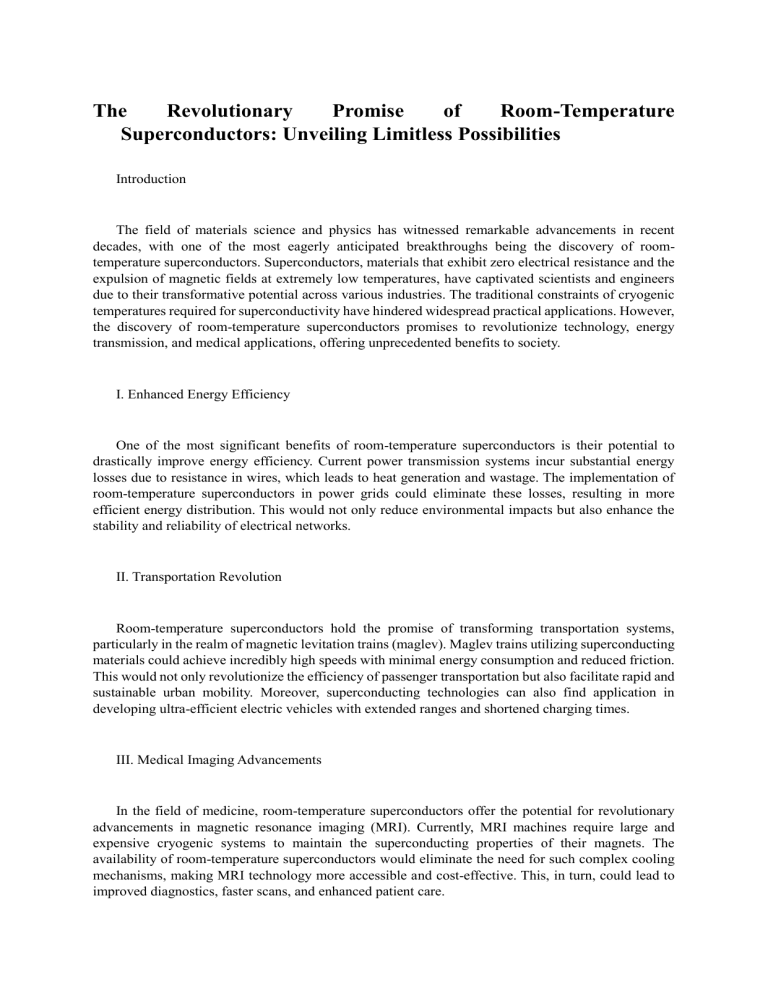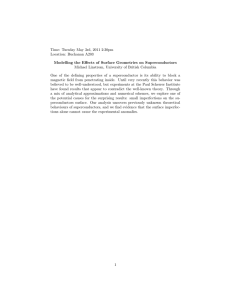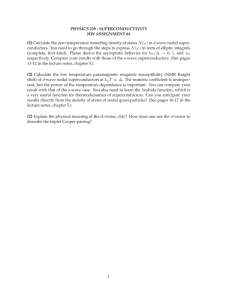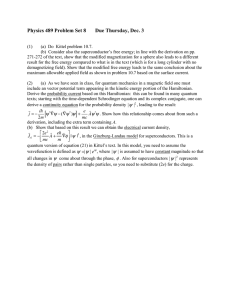
The Revolutionary Promise of Room-Temperature Superconductors: Unveiling Limitless Possibilities Introduction The field of materials science and physics has witnessed remarkable advancements in recent decades, with one of the most eagerly anticipated breakthroughs being the discovery of roomtemperature superconductors. Superconductors, materials that exhibit zero electrical resistance and the expulsion of magnetic fields at extremely low temperatures, have captivated scientists and engineers due to their transformative potential across various industries. The traditional constraints of cryogenic temperatures required for superconductivity have hindered widespread practical applications. However, the discovery of room-temperature superconductors promises to revolutionize technology, energy transmission, and medical applications, offering unprecedented benefits to society. I. Enhanced Energy Efficiency One of the most significant benefits of room-temperature superconductors is their potential to drastically improve energy efficiency. Current power transmission systems incur substantial energy losses due to resistance in wires, which leads to heat generation and wastage. The implementation of room-temperature superconductors in power grids could eliminate these losses, resulting in more efficient energy distribution. This would not only reduce environmental impacts but also enhance the stability and reliability of electrical networks. II. Transportation Revolution Room-temperature superconductors hold the promise of transforming transportation systems, particularly in the realm of magnetic levitation trains (maglev). Maglev trains utilizing superconducting materials could achieve incredibly high speeds with minimal energy consumption and reduced friction. This would not only revolutionize the efficiency of passenger transportation but also facilitate rapid and sustainable urban mobility. Moreover, superconducting technologies can also find application in developing ultra-efficient electric vehicles with extended ranges and shortened charging times. III. Medical Imaging Advancements In the field of medicine, room-temperature superconductors offer the potential for revolutionary advancements in magnetic resonance imaging (MRI). Currently, MRI machines require large and expensive cryogenic systems to maintain the superconducting properties of their magnets. The availability of room-temperature superconductors would eliminate the need for such complex cooling mechanisms, making MRI technology more accessible and cost-effective. This, in turn, could lead to improved diagnostics, faster scans, and enhanced patient care. IV. Exploring Fundamental Science The discovery of room-temperature superconductors opens up new avenues for exploring fundamental scientific principles. The mechanisms that enable superconductivity at higher temperatures challenge our understanding of quantum physics and material behavior. Studying these materials could provide insights into novel quantum states, unconventional superconductivity, and exotic electronic properties. This deeper understanding could pave the way for innovations that transcend the realm of superconductivity, impacting various fields of science and technology. V. Renewable Energy Integration Renewable energy sources, such as wind and solar, are often subject to intermittent generation patterns. Room-temperature superconductors could play a pivotal role in addressing this issue by enabling the efficient storage and transmission of renewable energy. Superconducting energy storage systems could store excess energy during peak production periods and release it when demand is high, effectively bridging the gap between energy generation and consumption. This would contribute to a more stable and reliable grid powered by sustainable sources. VI. Revolutionizing Quantum Computing Quantum computing, with its potential to solve complex problems exponentially faster than classical computers, has been a focal point of research and innovation. The discovery of roomtemperature superconductors could significantly accelerate the development of quantum computers. These materials could enable the creation of qubits that are more stable, easier to manipulate, and less susceptible to external influences, ultimately leading to the realization of practical and powerful quantum computers. Conclusion The discovery of room-temperature superconductors represents a monumental achievement with far-reaching implications for numerous sectors of society. From energy transmission and transportation to medicine and scientific exploration, the benefits of these materials are poised to reshape industries and enhance our quality of life. As researchers continue to delve into the properties and applications of room-temperature superconductors, we stand on the brink of a new era where the limitations of cryogenic temperatures no longer constrain the potential of superconductivity. The journey ahead promises a future where innovation knows no bounds, powered by the revolutionary promise of roomtemperature superconductors.



